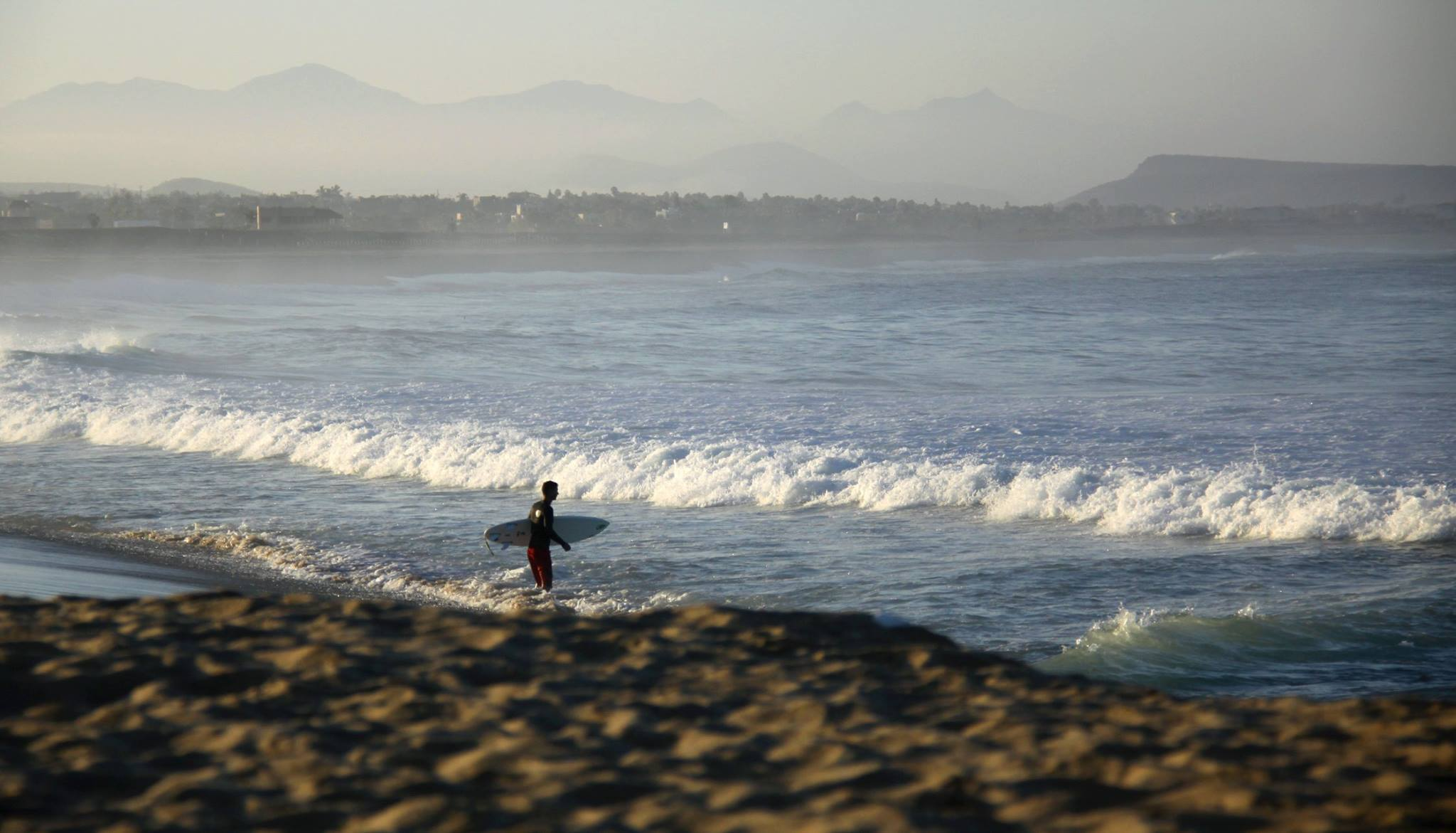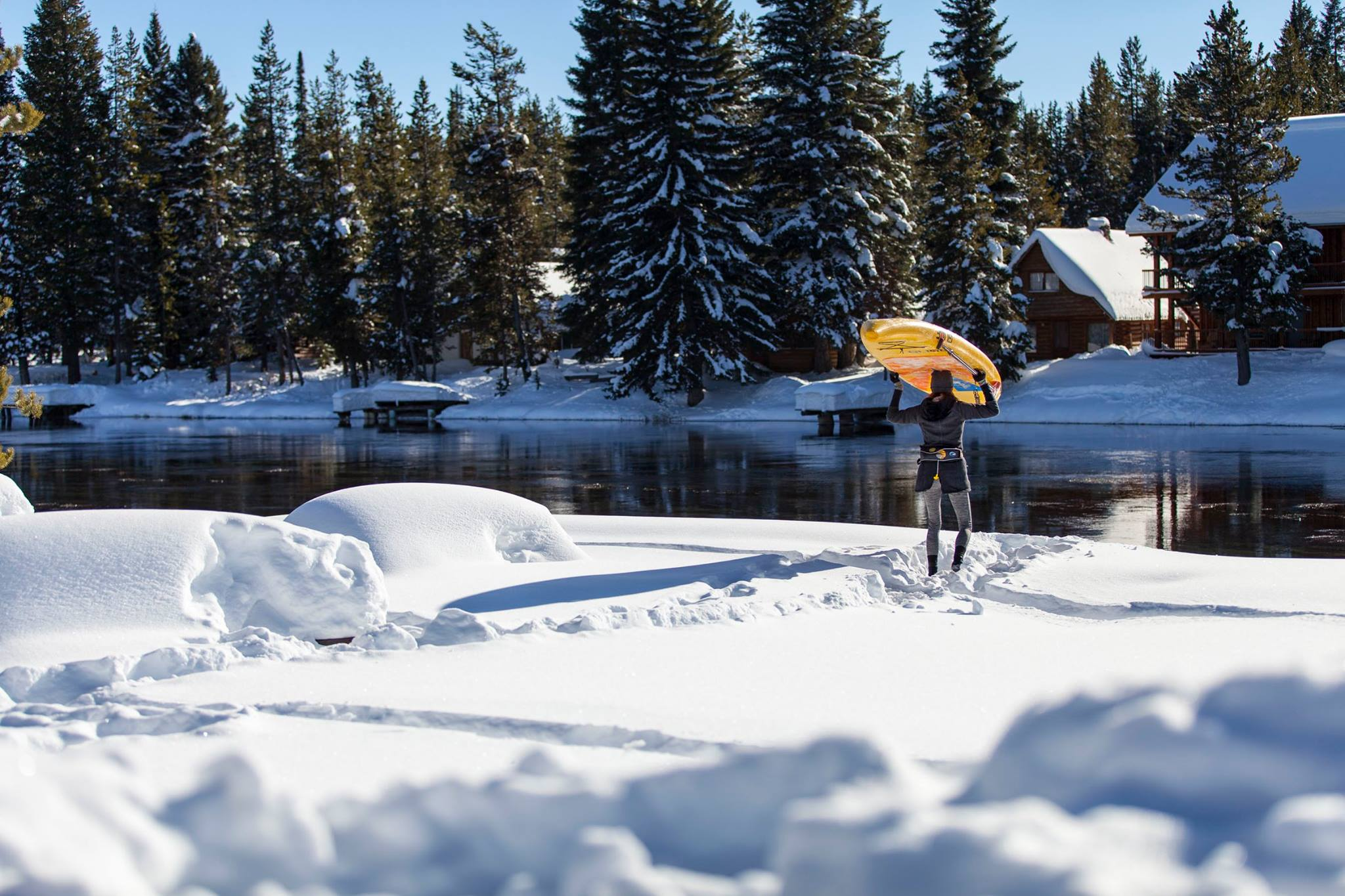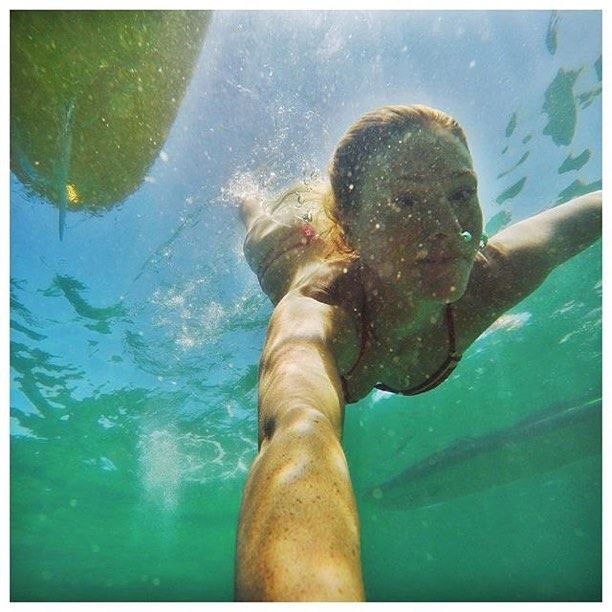
Cross-Training for Paddle Boarding Season: Complementary Sports and Exercises to Improve SUP Performance
Level up your SUP with cross-training. Build strength, balance, and endurance using swimming, yoga, strength work, balance drills, and smart recovery between sessions.
Cross-training for paddle boarding blends swimming, yoga, kayaking/canoeing, and targeted strength, core, balance, and mobility to build speed, stability, and resilience.
Train 2–4 days in the off-season (1–2 in-season), progress gradually, protect your shoulders and hips, and track simple metrics so gains show up in your next session.
Table of contents
Cross-training is your secret weapon for better balance, more power per stroke, and fewer overuse injuries when you’re back on the water. By layering in a smart mix of cardio, strength, mobility, and balance work, you’ll paddle longer with less fatigue—and enjoy every session more.

Key Highlights
-
Stronger, longer, safer: Mix strength, cardio, mobility, and balance to improve speed, stability, and durability on the board.
-
Sport carryover: Swimming, surfing, yoga, kayaking/canoeing each build SUP-specific qualities.
-
Simple plans: 2–3 cross-training days per week in the off-season; 1–2 in-season to maintain gains.
Why Cross-Training Helps SUP
Paddle boarding is a whole-body sport—but repetitive paddling can create imbalances (tight hip flexors, cranky shoulders, tender low back). Cross-training:
-
Builds core and hip strength for stability on choppy water
-
Increases shoulder endurance and resilience
-
Improves aerobic base for longer sessions
-
Enhances mobility, reducing strain on knees, hips, and spine
Complementary Sports (High Carryover to SUP)
Swimming
-
Benefits: Cardio endurance, shoulder conditioning, breath control, water comfort.
-
How: 20–40 min steady swims; mix freestyle with pull buoy sets. Add short intervals (e.g., 8×50m moderate).
Surfing (or SUP Surfing)
-
Benefits: Footwork, reactive balance, reading waves, explosive paddle bursts.
-
How: Short, frequent sessions. Emphasize pop-up strength, stance transitions, and safe falling.
Yoga (Studio or SUP Yoga)
-
Benefits: Hip and thoracic mobility, core control, balance, recovery.
-
How: 20–45 min flows 2–3×/week; include downward dog, lunge variations, twists, and balance poses.
Kayaking / Canoeing
-
Benefits: Paddling endurance and trunk rotation without standing balance demands.
-
How: 30–60 min steady paddles; focus on torso-driven strokes, relaxed grip.
Gym (or Home) Exercises That Pay Off on the Water
Core & Anti-Rotation (the SUP engine)
-
Pallof press 3×10–12/side
-
Dead bug 3×8–10/side (slow)
-
Side plank 3×20–40s/side
-
Half-kneeling cable chop/lift 3×8–10/side
Lower Body (stance, drive, stability)
-
Goblet squat 3×8–12
-
Reverse lunge 3×8–10/side
-
Hip hinge (RDL) 3×8–10
-
Calf raises 3×12–15
Upper Body & Shoulders (powerful, durable strokes)
-
Single-arm row 3×8–12/side
-
Lat pulldown or pull-ups 3×6–10
-
Landmine or dumbbell press 3×8–10
-
Face pulls / band external rotations 3×12–15 (prehab gold)
Balance & Proprioception (the SUP difference-maker)
-
Single-leg stance eyes forward → eyes closed 3×30–45s/side
-
Bosu or balance board shifts 3×45–60s
-
Split-stance cable row/press 3×10/side
-
Toe-to-heel walks 2×20–30 steps (focus on posture)
Mobility & Recovery (keep your range)
-
T-spine openers, 90/90 hips, couch stretch, ankle rocks 5–8 min daily or post-workout
-
Foam rolling lats, mid-back, quads/IT band (light) 4–6 min

Sample Weekly Plans
Off-Season (build phase, 5 days/week)
-
Mon: Strength (full body) + mobility (10 min)
-
Tue: Swim (interval set) + core
-
Wed: Yoga (30–45 min) + balance board
-
Thu: Strength (full body) + shoulder prehab
-
Fri: Kayak/canoe easy 30–45 min (technique focus)
-
Sat/Sun: Rest or light hike/walk (active recovery)
In-Season (maintenance, 3–4 days/week in addition to paddling)
-
Mon: Strength (30–40 min) + mobility
-
Wed: Yoga (20–30 min) + balance drills
-
Fri: Swim easy 20–30 min (flush)
-
Optional: Short strength “micro-session” (15–20 min) on a non-paddle day
How to Progress (Without Overdoing It)
-
Volume: Add 5–10% time/reps weekly; deload every 4th week.
-
Technique first: Smooth reps > heavy loads.
-
Balance stressors: Don’t stack heavy leg day before sprint paddling.
-
Green-yellow-red system:
-
Green = train as planned
-
Yellow = reduce volume/intensity
-
Red = rest, walk, mobility only
-
Injury-Prevention Quick Wins
-
Warm-up: 5–8 min (band pulls, arm circles, hip openers)
-
Breathing: Nasal breathing on easy cardio days to build aerobic base
-
Shoulders: 2–3 prehab sets/session (face pulls or band ER)
-
Hips/ankles: Daily mobility snacks (2–3 min each)
Tracking Progress (so you actually see gains)
Balance: Single-leg hold time; fewer “taps” on balance board
Strength: Add small weight or reps weekly (keep form pristine)
Cardio: Lower HR at the same pace or longer intervals at steady HR
Paddling: More distance per session with the same perceived effort

Final Thoughts on Cross-Training for Paddle Boarding
Cross-training isn’t a chore—it’s the shortest path to better, safer, more enjoyable paddling. Blend swimming (engine), yoga (mobility), strength (power and posture), and balance work (control). Keep it consistent, keep it simple, and you’ll feel the difference on your first windy day back on the water.
FAQs
How many days a week should I cross-train for SUP?
Off-season, 2–4 days is ideal. In-season, 1–2 days maintain strength and mobility without stealing energy from paddles.
What’s the single best exercise for paddle boarding?
There isn’t one—but if you must pick, anti-rotation core work (Pallof press) plus single-arm rows deliver huge payoff for stability and stroke power.
Do I need heavy lifting to get faster?
No. Moderate loads with great form (goblet squats, RDLs, rows) and consistent cardio will move the needle for most paddlers.
Is balance training really necessary off the water?
Yes. Even 5–10 minutes of single-leg and balance board work sharpens proprioception and reduces unexpected falls.
What if my shoulders get sore from paddling?
Add face pulls, band external rotations, and lat/pec mobility 2–3×/week. Check stroke mechanics and avoid gripping the paddle too tightly.





